I am modeling in SPARX EA - and first I just came across two different icons:
Now my understanding is: A composite activity is one possibility for a structured activity. SPARX EA says, the chain symbol indicates a composite element (icon not being part of UML, but comes in handy).
The trident indicates a sub-activity. It is part of other stack-questions. Got that. here or here
But my question is:
How do they differ?
- Is a composite activity (its "sub diagram") only within that process and cannot be called/used by s.o. else? So not a distinct process on its own, just a part of the parent activity?
- Is a sub-activity always (technically) callable by others?
- And are there differences w.r.t. to forking? Like that a composite activity is "closed", just more details, and a sub-activity can run freely and parallel while the invoking process goes on? If so, why is this a sub-activity but seems "closed". So what does it have more or less compared to a composite activity? "Callability by others"?
Thanks for your clarifications :)
[I am asked what I tried. Well I googled. :)]
UPDATE 2023-05-08: Here I would expect the glasses:



